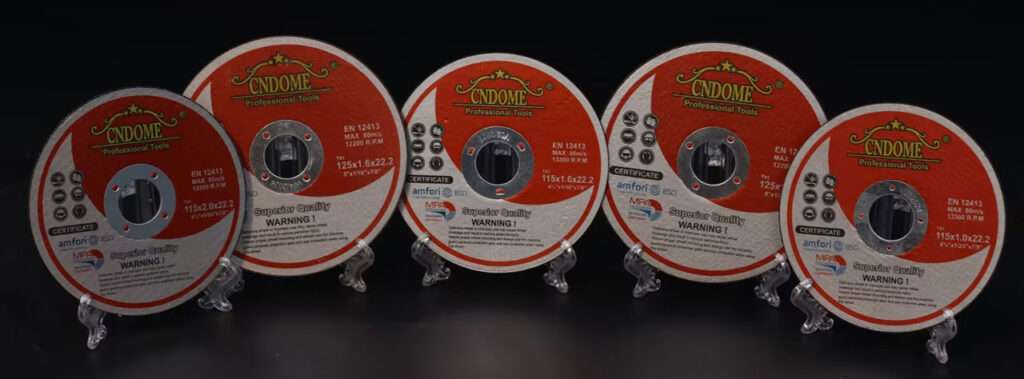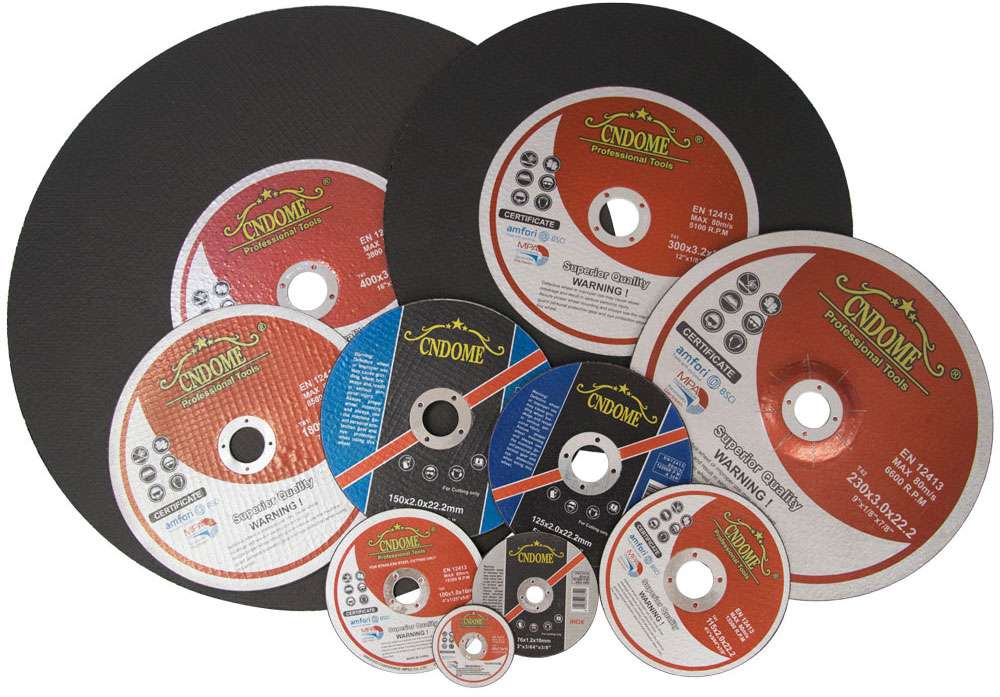Angle iron is a versatile structural material used in various construction, manufacturing, and fabrication projects. To efficiently cut this sturdy material, it’s essential to have the right cutting tools, and cutting wheels are among the best options for the job. Here’s everything you need to know about angle iron cutting wheel:
What Are Angle Iron Cutting Wheels?
Angle iron cutting wheel is specialized abrasive discs designed to slice through angle iron effectively. They are typically made of abrasive grains such as aluminum oxide or zirconia alumina, bonded with a resin to form a hard, thin cutting edge. These wheels are used with angle grinders and cut-off tools to achieve precise cuts in metal materials like angle iron.
Types of Cutting Wheels for Angle Iron
There are several types of cutting wheels you can use for angle iron, each designed for different cutting needs:
- Abrasive Cutting Wheels: These are the most common and versatile. Made from abrasive materials like aluminum oxide or zirconia, they are ideal for cutting steel and angle iron.
- Diamond Cutting Wheels: While typically used for concrete or stone, diamond wheels can handle metals like stainless steel and angle iron with extreme precision. However, they tend to be more expensive.
- Thin Cut-Off Wheels (1mm or 1.6mm): Thin wheels are excellent for fast, clean cuts, especially when working on thinner sections of angle iron. They produce minimal burrs, reducing the need for post-cut grinding.
Choosing the Right Cutting Wheel
Several factors should guide your choice of cutting wheel for angle iron:
- Material of the Wheel: Most cutting wheels are either made from aluminum oxide, zirconia, or ceramic. Aluminum oxide is affordable and works well on most metals, including angle iron. Zirconia and ceramic options tend to last longer and can handle tougher cutting tasks, offering better efficiency and durability.
- Wheel Diameter and Thickness: For angle iron, wheels typically range between 4-1/2 inches to 7 inches in diameter, with thicknesses between 1mm and 3mm. Thinner wheels (like 1mm) are perfect for quick, clean cuts, while thicker wheels provide more stability for heavier cuts.
- Speed and Power of Your Angle Grinder: Make sure that the wheel is compatible with the speed of your grinder. The wheel’s maximum RPM should exceed the grinder’s speed to avoid accidents and ensure optimal performance.
Cutting Angle Iron: Tips and Best Practices
To achieve clean cuts while preserving the integrity of the angle iron, follow these tips:
- Secure the Angle Iron: Before cutting, ensure the material is clamped down firmly to prevent movement, reducing the risk of uneven cuts or injury.
- Choose the Right Wheel Speed: Depending on the thickness of the angle iron, adjust the grinder’s speed for efficient cutting. Heavier iron may require a lower speed to maintain control and avoid overheating the wheel.
- Use Steady Pressure: Apply consistent pressure during the cut without forcing the wheel through the metal. Forcing the wheel can cause it to wear out faster and create rough edges on the cut.
- Wear Protective Gear: Cutting wheels generate sparks and small metal fragments, so always wear protective goggles, gloves, and long sleeves. A face shield and hearing protection are also recommended.
Top Angle Iron Cutting Wheels
Some of the top choices for cutting angle iron include:
- CNDOME™ 4.5″ Thin Cut-Off Wheel: This wheel is known for its durability and precision. Its thin profile allows fast cuts with minimal burrs, perfect for angle iron applications.
- DeWalt Metal Cutting Wheel: A popular option for general metal cutting, these wheels offer great balance between cost and performance.
- Makita INOX Thin Cut-Off Wheel: Excellent for precise, smooth cuts on stainless steel and mild steel, including angle iron.
Conclusion
Having the right cutting wheel is essential for efficiently and safely cutting angle iron. Whether you’re working on a small DIY project or a large industrial application, selecting the appropriate wheel type, size, and material will ensure high-quality results with minimal effort. Always follow safety guidelines and proper cutting techniques for the best performance.
By choosing a quality cutting wheel, securing your material, and following best practices, you can easily tackle any angle iron cutting project.



